Cubs, Calves and Piglets: It’s Serengeti Calving Season
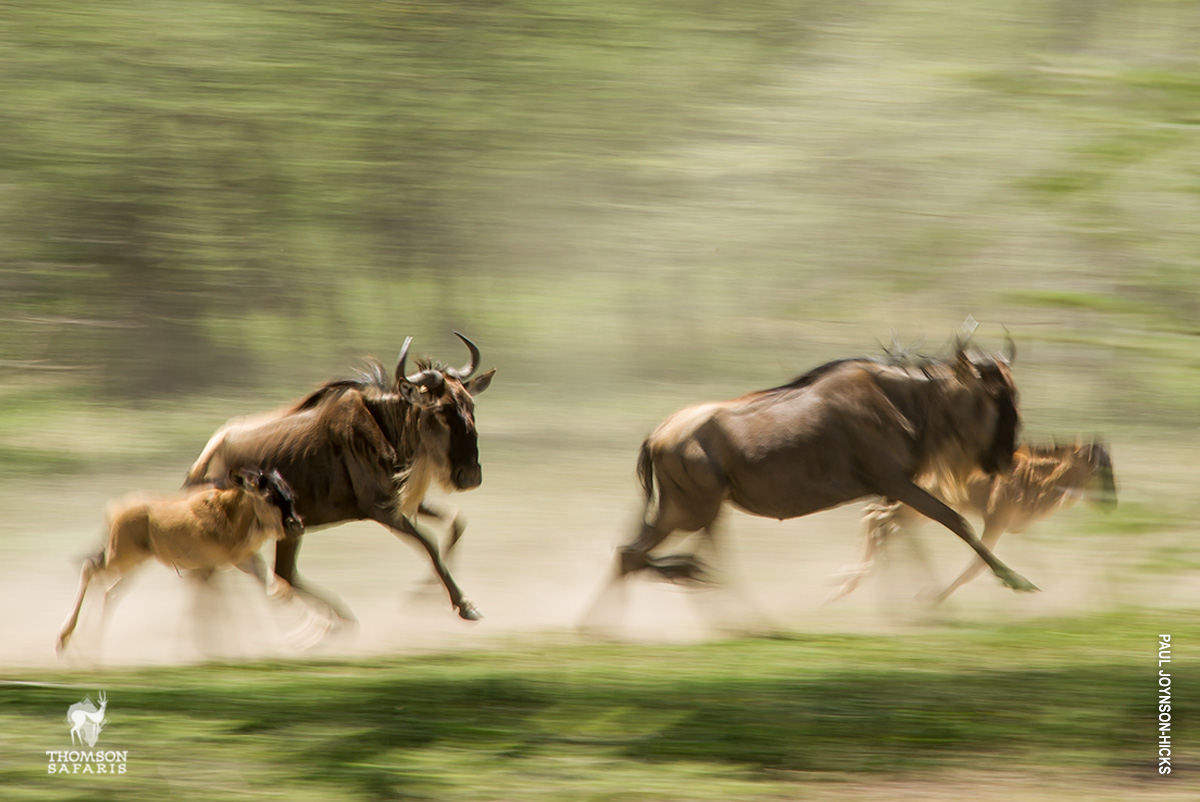
January through May is the peak of green season in the Serengeti, which means beautiful, lush landscapes, gripping big cat chases and – perhaps our favorite thing – a flurry of baby animals.
Calving hits a high point between January and February, so this is when we get baby animal photos from our guests en masse. Wildebeest, elephants, lions, cheetahs, warthogs, leopards, zebras, baboons, and, well, see for yourself!
Wildebeest Calves
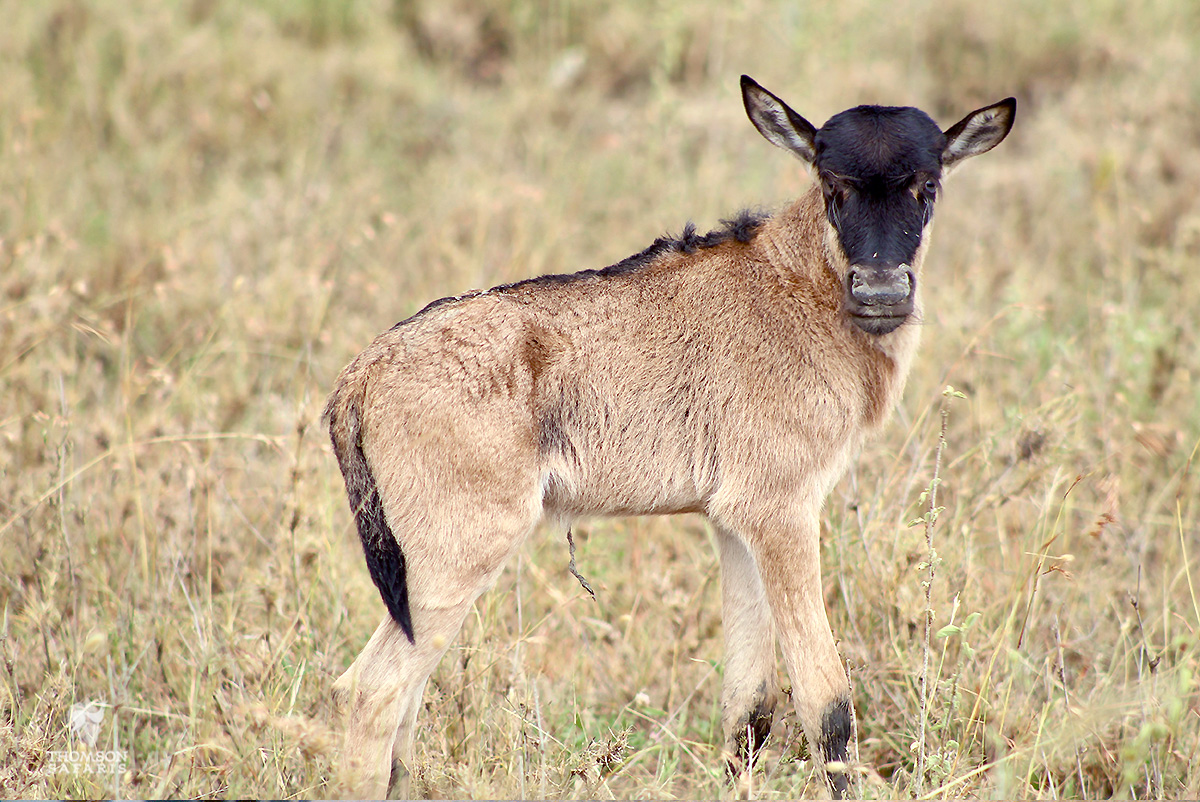
The Great Migration herds are constantly on the move, so when a wildebeest calf is born, it’s expected to run along with its mother within minutes. Approximately 500,000 wildebeest are born between February and March.
Wildebeest are protective in herds and will stomp and charge at predators, but a calf separated from its mother stands little chance in the Serengeti.
Elephant Calves
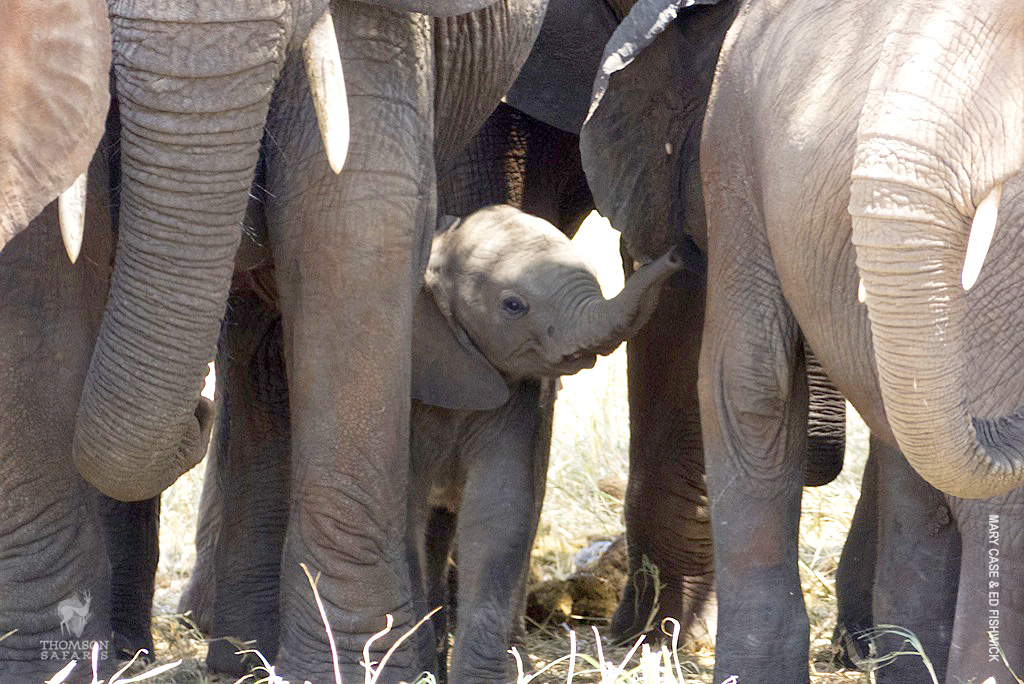
The world’s largest land mammal has equally large offspring. An elephant calf weighs around 200 pounds at birth and gains between 2 and 3 pounds every day until its first birthday.
African elephants grow from their (relatively) light birth weight to anywhere from 5,000 to 14,000 pounds once mature.
Warthog Piglets
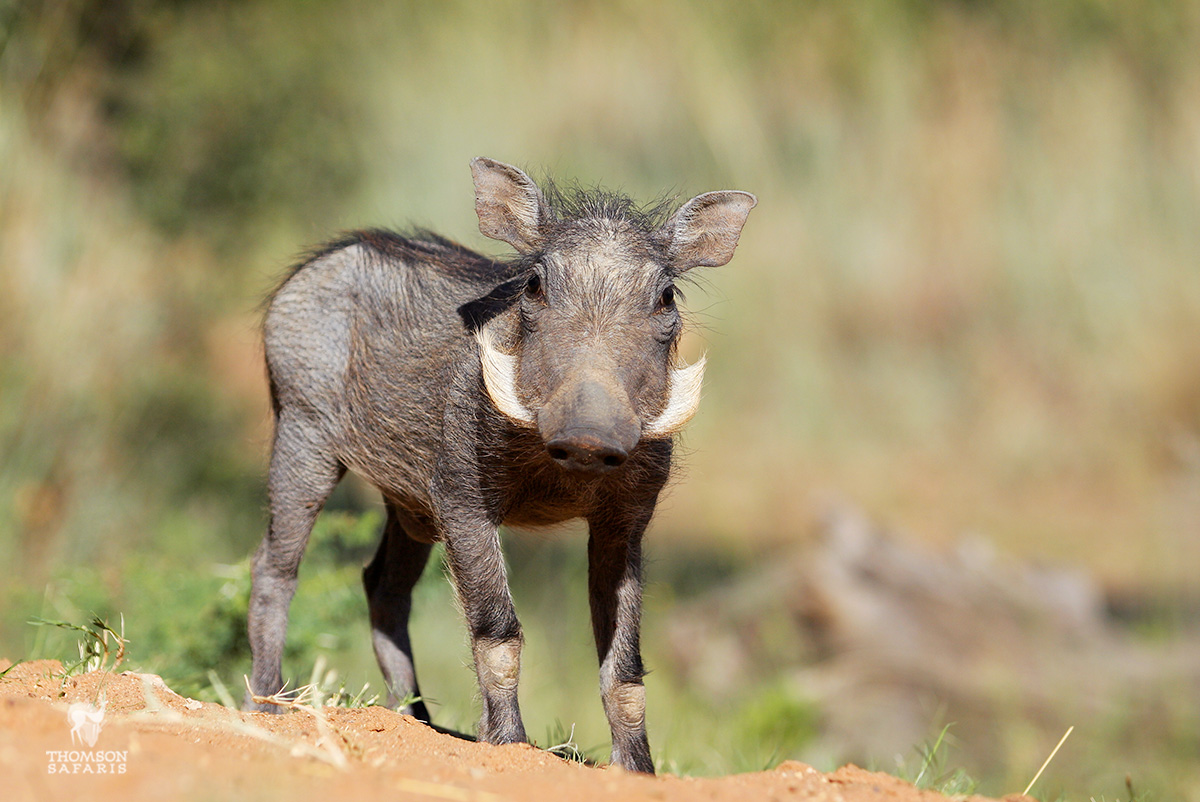
The gestation period for a single African elephant is around 22 months. Warthogs, on the other hand, can have anywhere from 1 to 8 piglets in just three months.
Zebra Foals
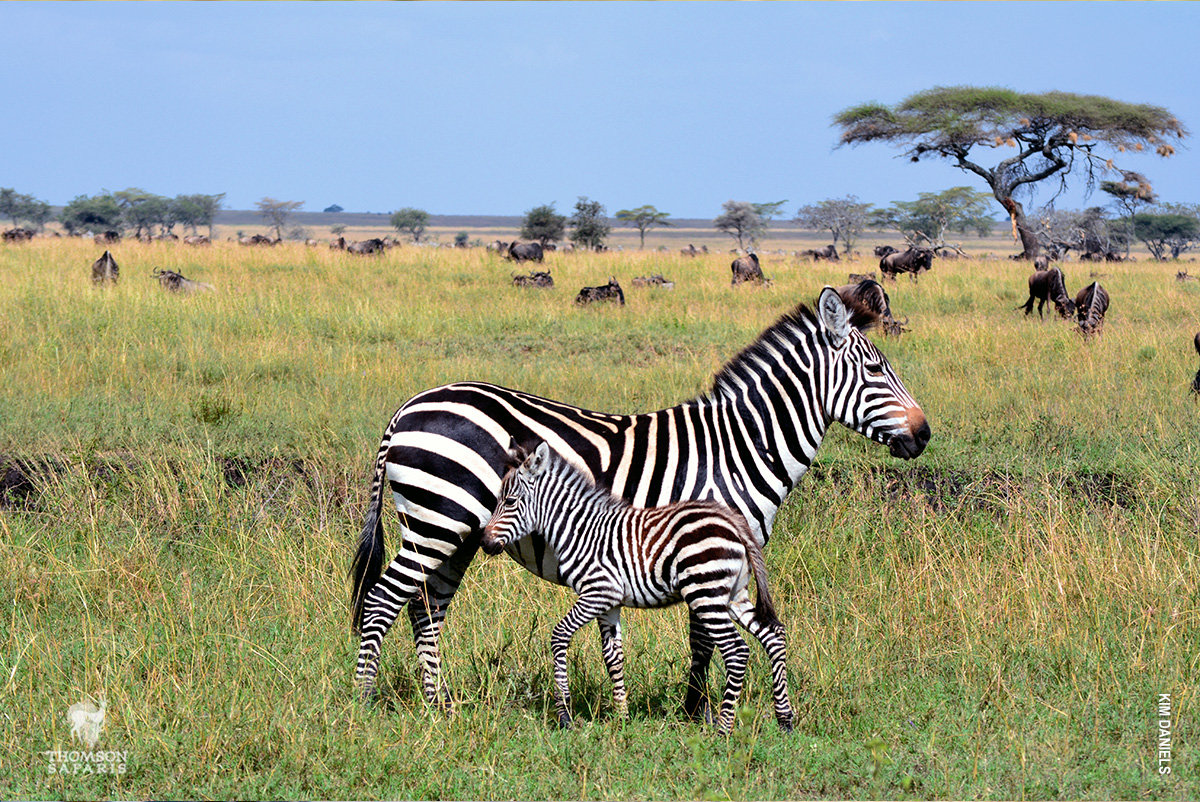
Unlike the adults, baby zebras, also called foals, regularly have white and brown stripes. Like a wildebeest calf, a foal must run with its mother almost immediately after being born. Foals memorize their mothers’ unique stripe pattern at birth to prevent being separated.
Lion Cubs
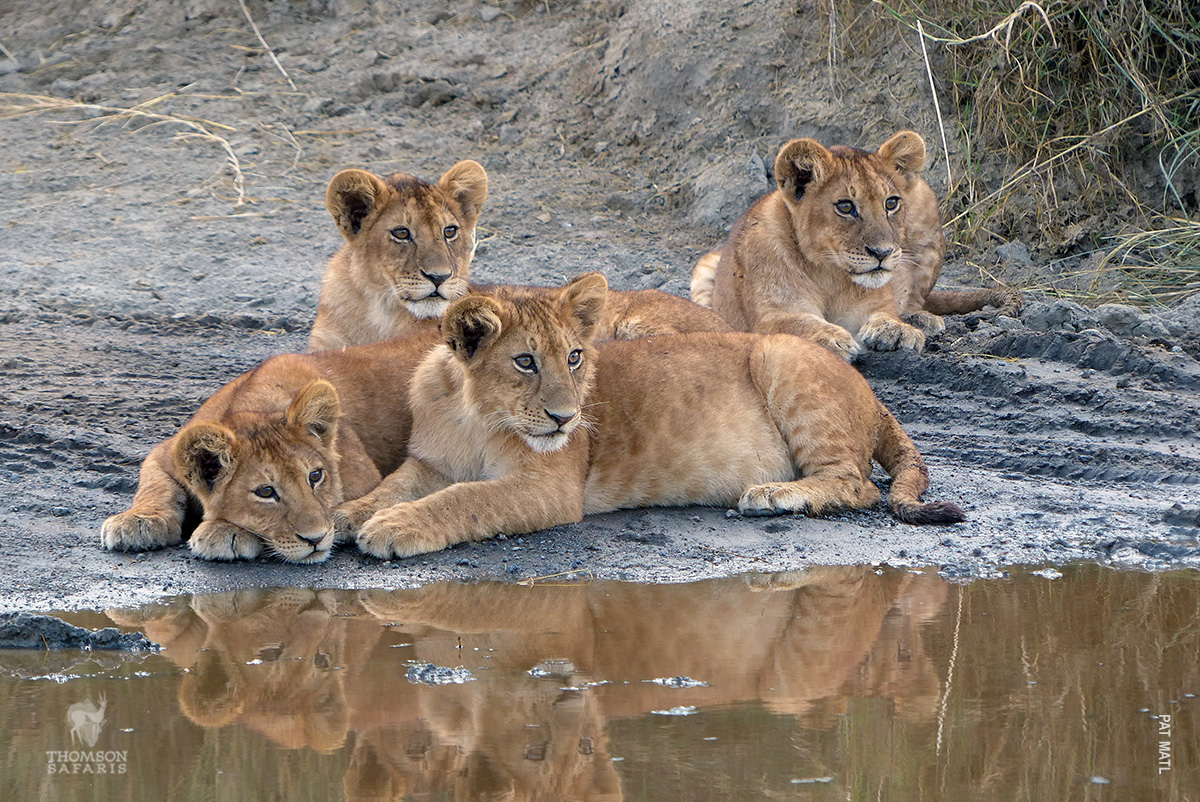
Born blind and helpless, lion cubs are hidden by their mothers for the first three months after birth. To join the pride, they must win the favor of the other male lions.
Cheetah Cubs
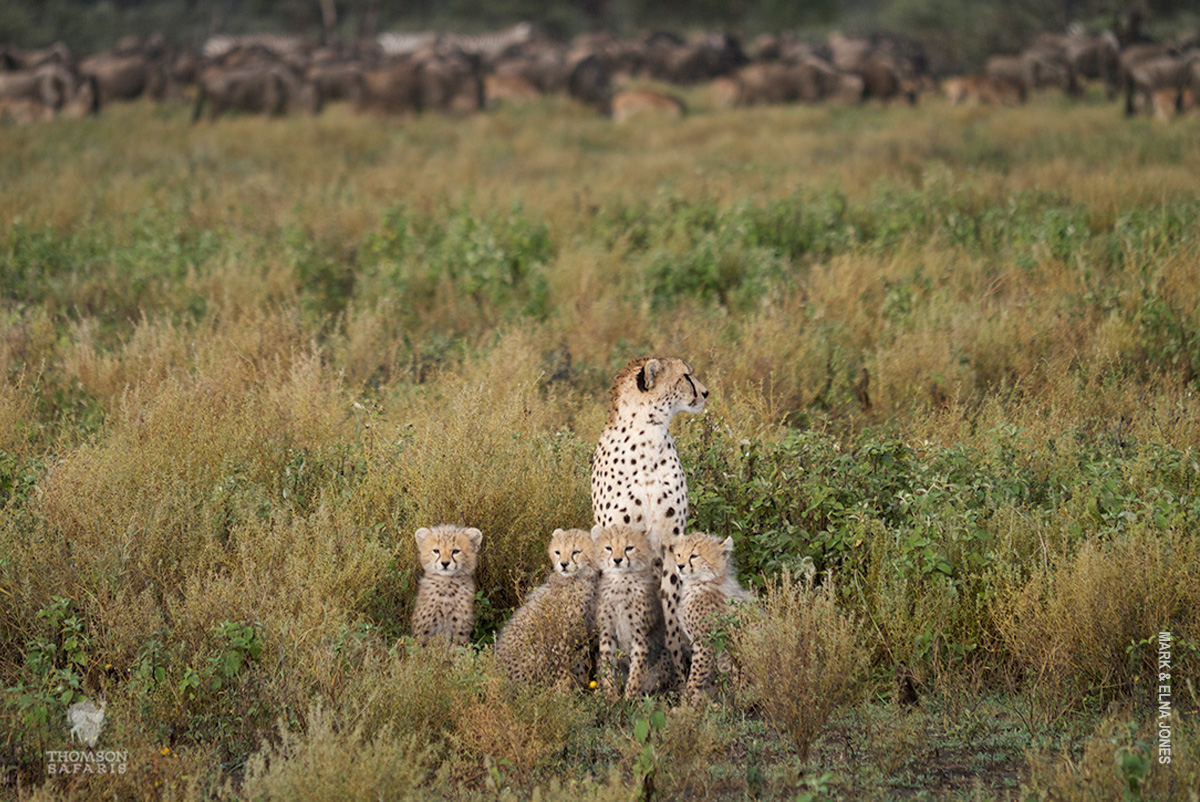
Female cheetahs typically mother three cheetah cubs, teaching them to how to hunt for about one and a half years before they set out on their own. Cheetah cubs only weigh 5 to 10 ounces at birth, only a small amount heavier than a newborn house cat.
Leopard Cubs
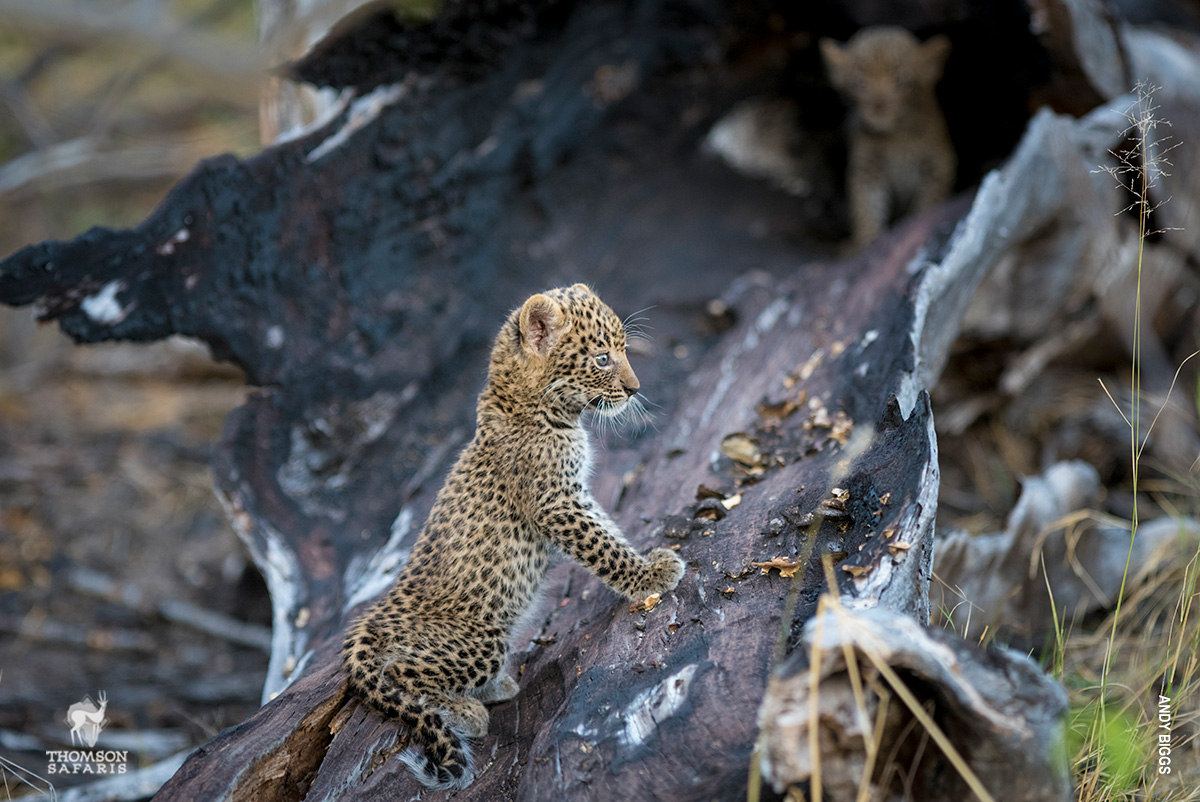
Like cheetahs, mother leopards are solitary hunters and raise a litter of three on average. However, leopard cubs are roughly twice the size of cheetah cubs, weighing between 17 and 21 ounces at birth.
Infant Baboons
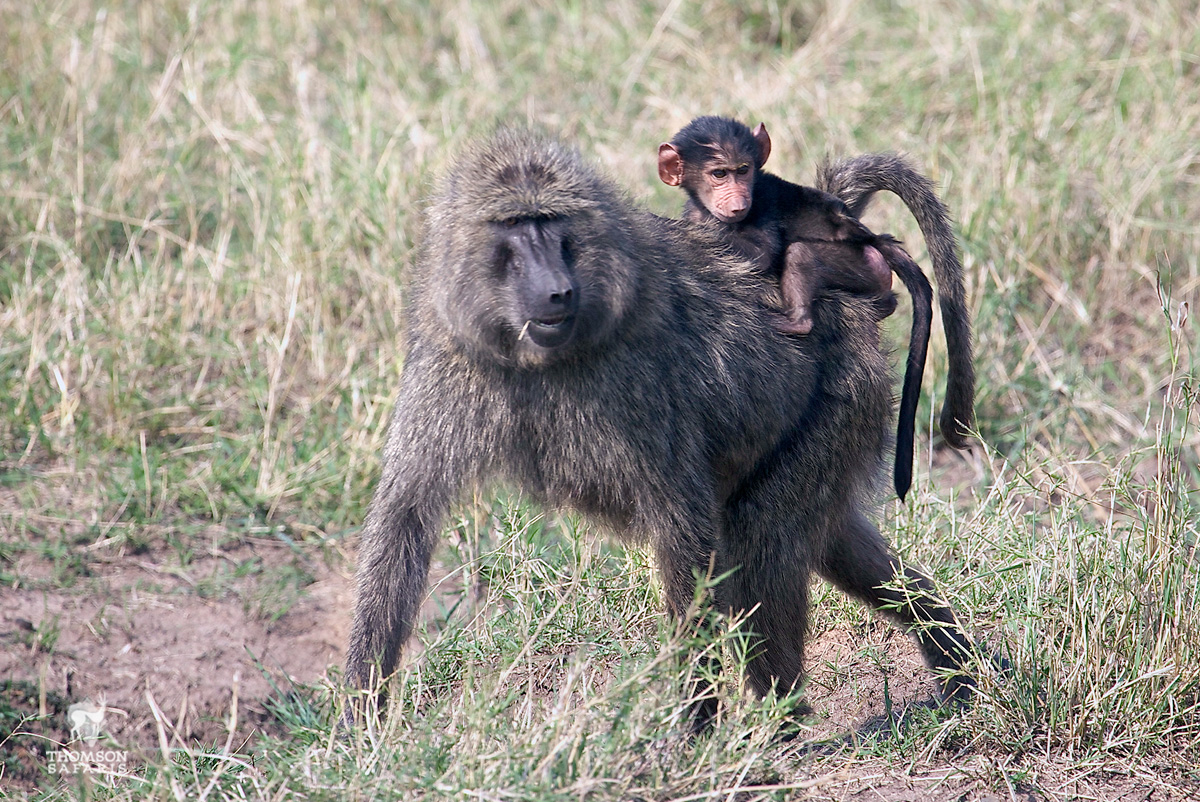
Baboon babies, also called infants, latch onto their mother’s fur while she goes about her day.
Giraffe Calves
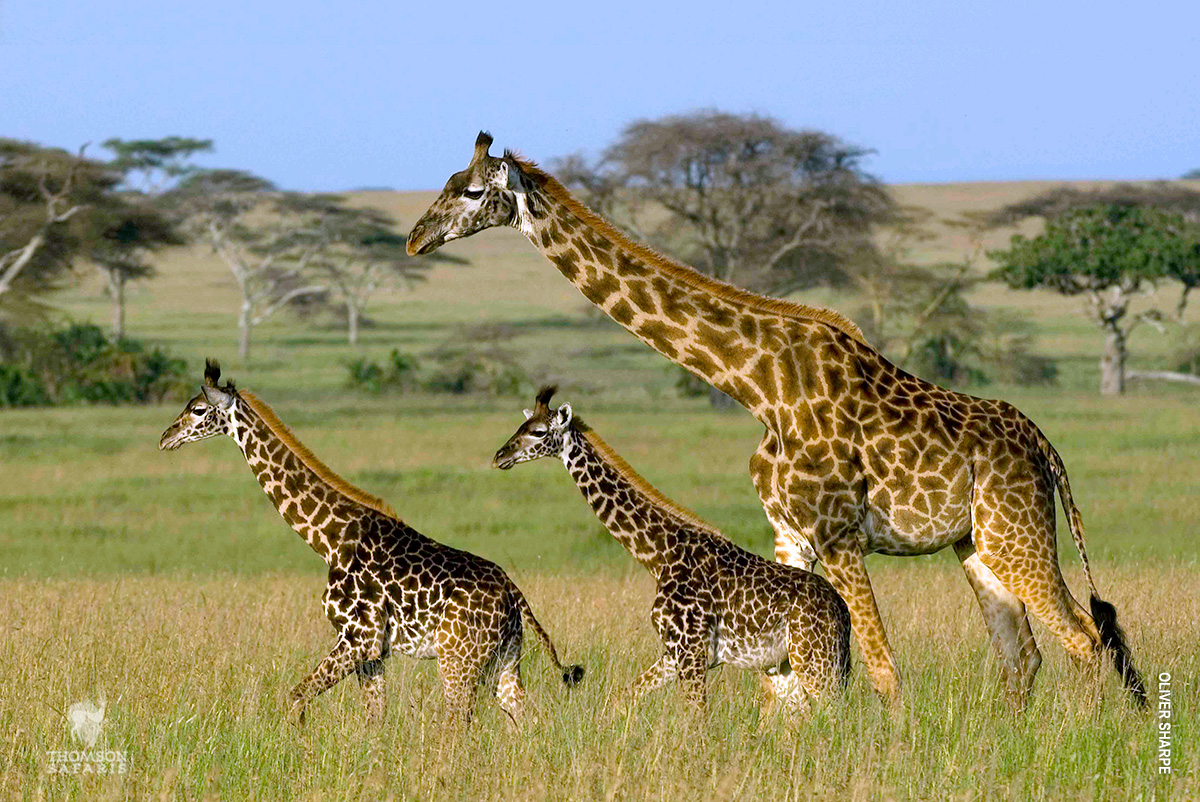
After a 13- to 15-month pregnancy, mother giraffes give birth standing upright. Calves enter the world with a crash course in physics, falling about 5 feet to the ground.
Hippo Calves
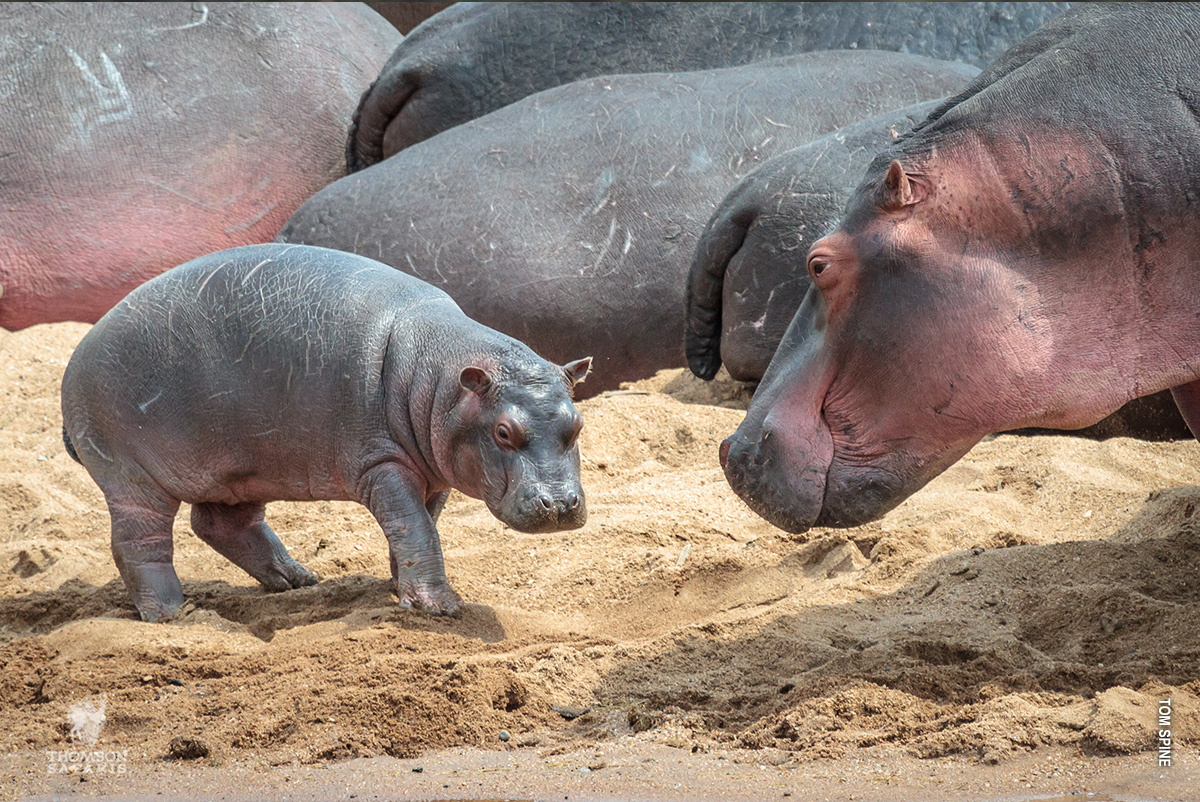
Like lions, a mother hippo will leave her pod to give birth and will stay separated with her calf for up to two weeks to bond. The mother will raise her calf for several more years. It’s common to see them nuzzling, cuddling or grooming one another.

